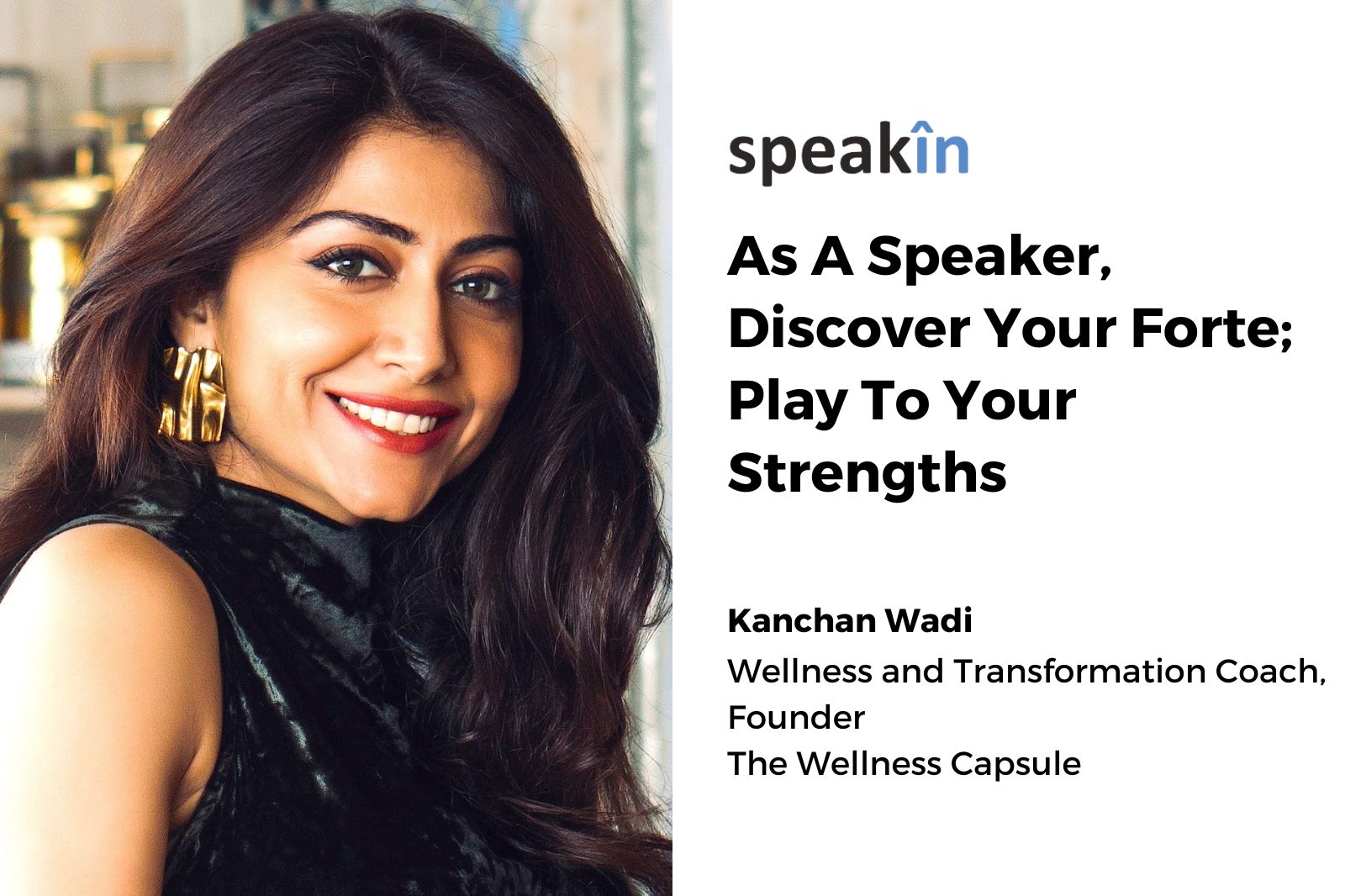Irrespective of your age or stage in life, you cannot ignore the importance of communication skills. Better communication translates to more value, more impact, and more trust. Every opportunity to share your message must be valued, whether you have two minutes to do it, or five, or more. Your audience is giving you their time, make the most of it.
There are five key ingredients that go into good public speaking:
- Content
- Voice and Delivery
- Language
- Non verbal communication
- Individual style
I will talk about each one of those. I have used the word ingredient because you need to think of public speaking as a dish, and each ingredient has a crucial contribution to make into creating the delectable dish that public speaking can be.
Content
A good talk begins with a well-written essay, written in a style that is conversational and can be articulated well. Focusing on your content is the key. You need to ask yourself what your forte is. Is storytelling your strength? Is humour something you’re good at? Or do you like talking about data, statistics and research-based facts? Play to your strengths. That will make your content interesting.
Voice and delivery
You should improve the texture of your voice and the way you project it. So, how do you do it? You do it by regular breathing exercises, you do it through exercising your vocal cords. If you go online you will find a number of exercises which can help you hone your pitch, the tone of your voice. A key element in voice and delivery is how you take your pauses and that depends on what you are reciting. In poetry, of course, pauses make all the difference.
Language
You don’t need fancy, floral vocabulary to make an impact. It just needs to gel with your personality. If you are a Shashi Tharoor kind of person who flows naturally with big words, that’s fine. Otherwise stay with simple words. I frequently marvel at how good speakers come up with the precise word that’s needed in a situation. That’s a skill and you can develop it. For instance, rather than say you are sad, you can say that you are crestfallen. Language and vocabulary should change as per the audience and according to the occasion. But I do think that using too many shortcuts and slang does take away the impact of your speech.
Non-verbal communication
Non-verbal communication eye contact, facial expressions, gestures, and body language. Posture is, of course, very important. A pompous posture or a timid posture—both send out a signal subliminally. The way we make eye contact while speaking to a group of people, and our general body language and gestures play an important part in our communication. They send out signals to the audience: can you be trusted?
Individual style
This is just about the energy you bring into a room full of people when you walk into it. So, do you look like someone who cares about the world around you? Do you speak highly of others, encourage people to be inquisitive and express gratitude? Do you connect with people’s emotions? The more compassionate and loving we are, the easier it is for people to understand us.
There are some habits and practices that I swear by:
- Read aloud - newspapers, books, poetry (make it ‘said’ not ‘read’)
- When in doubt, open the ‘pronunciation guide’
- Never use the first draft of a speech - 3 iterations at least
- Breathing exercises and voice drills for relaxation and better projection
- Record yourself on the phone and replay it—see what works, what doesn’t
- Make declamation a family activity
- Watch and listen to great orators and thought leaders: TED talks etc.
- Practice before every speech, talk and presentation.
About Kanchan Wadi
Kanchan is a renowned Wellness Coach, Motivational Speaker and Digital Content Creator. She is also an ex-television show host who anchored lifestyle shows on popular TV networks. After 17 years of working in the media and lifestyle industries, both as an artist and in senior creative roles, she now consults with organisations as a wellness expert, curates employee well-being programs and holds workshops on self-improvement, emotional intelligence and effective communication.

